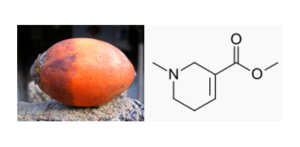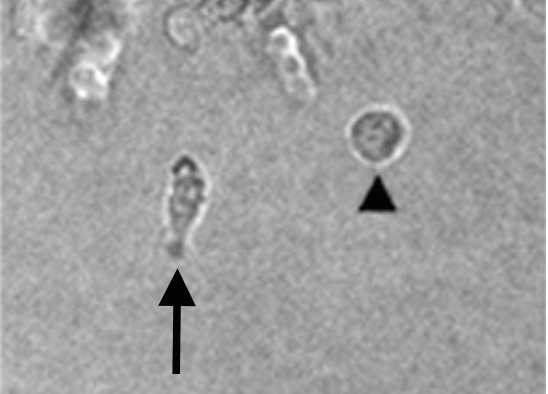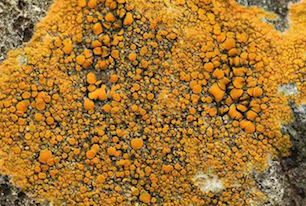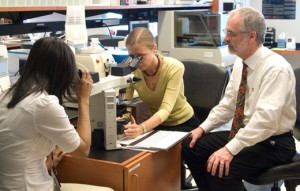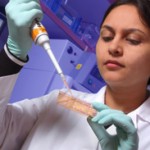Standard anticancer treatments, such as chemotherapy, target rapidly dividing cells by damaging their DNA. A newer strategy is to undercut cancer cells’ ability to repair DNA damage.

Radiation oncologist David Yu, MD, PhD
Winship Cancer Institute investigators led by David Yu, MD, PhD have identified a distinct function in DNA double strand break repair for an enzyme called SAMHD1. Depleting or inhibiting SAMHD1 could augment anticancer treatments that induce DNA double-strand breaks, such as ionizing radiation or PARP inhibitor drugs, they suggest. Ionizing radiation is a mainstay of cancer treatment and PARP inhibitors are being developed for several cancer types.
The findings were published this week in Cell Reports (open access).
SAMHD1 was known for its ability to chop up the building blocks of DNA, and had come to the attention of virologists because it limits the ability of retroviruses such as HIV to infect some cell types. The first author of the paper, postdoc Waaqo Daddacha, PhD, previously studied SAMHD1 with virologist Baek Kim, PhD, professor of pediatrics.
Cancer researchers had already sought to harness a retroviral protein called Vpx, which viruses evolved to disable SAMHD1. Acute myeloid leukemia cells use SAMHD1 to get rid of the drug cytarabine, so Vpx can sensitize AML to that drug. The Cell Reports paper shows that virus-like particles carrying Vpx could be deployed against other types of cancer, in combination with agents that induce DNA double-strand breaks. Read more





